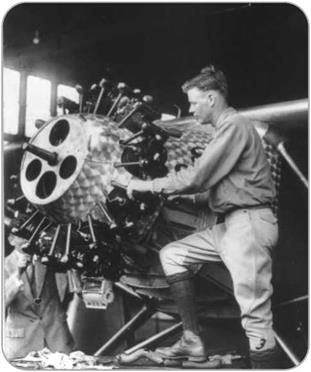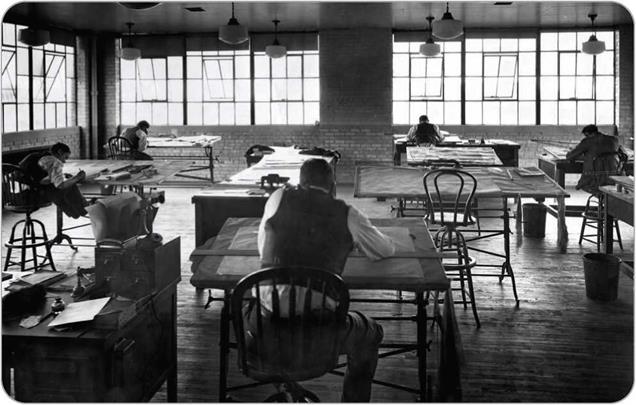The First Planes on Water
The first airplane to take off from water was the Hydravion, piloted by Henri Fabre of France in 1910. The first seaplane competition, held in Monaco in 1912, attracted seven entries.
A pioneer of seaplanes in United States was Glenn Curtiss. As early as 1910, he and some friends tried to fit cloth-covered wooden pontoons to an airplane Curtiss had designed, the Aerodrome No. 3 June Bug. The first attempt to land was unsuccessful, but in June 1910, Glenn Curtiss landed on Lake Keuka in a biplane attached to a canoe! Unfortunately, the canoe plane was unable to take off again. Curtiss went on to build floatplanes and flying boats, such as his Flying Fish of 1912. This flying boat set a precedent for later design by having a hydrodynamic hull shape that made takeoff from water easier.
О The Dornier Do-X was a luxury passenger flying boat of the 1930s. First built in 1929, it was the largest heavier-than-air aircraft of its day.
The first airplane built by Boeing, the Model 1 (1916), was a floatplane. Many early airplanes were fitted with floats because a watery landing was not likely to smash up the plane’s flimsy structure. Also, airplanes of this era were often forced to land due to bad weather or engine failure or when pilots got lost. There were few airfields, but there were plenty of rivers, lakes, and ocean.
In 1919 a U. S. Navy Curtiss NC-4 flying boat made the first crossing of the Atlantic Ocean. It traveled in stages from May 16 to 31. The NC-4 was a four-engine biplane with a speed of 85 miles per hour (137 kilometers per hour). Three Curtiss flying boats set off from Newfoundland, Canada, but only one reached Plymouth, England, after a journey of 3,925 miles (6,315 kilometers). In 1924 two Douglas World Cruisers flew
JET FIGHTERS
The first and only flying boat fighter plane with jet engines was the Saunders Roe SR/A1. First flown in 1947, this airplane was a twin – engine fighter, intended to operate from water without the need for runways. The SR/A1 managed 512 miles per hour (824 kilometers per hour) but was not agile in air combat because of the extra weight of its boat-shaped hull. It never went into production. A later experiment with a jet fighter on water skis, Convair’s Sea Dart (1953), was similarly disappointing. The Sea Dart had extendable skis for takeoff and landing.
In 1954, it became the first seaplane to fly supersonic, in a shallow dive. The Sea Dart did not meet expectations, however, and the program was ended in 1956.
_____________________________________________ /
around the world. These airplanes had floats and wheels, and their recordbreaking flight took 363 hours.













 Three Maneuvers
Three Maneuvers


